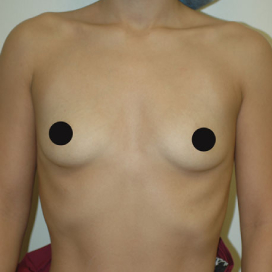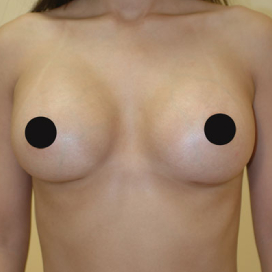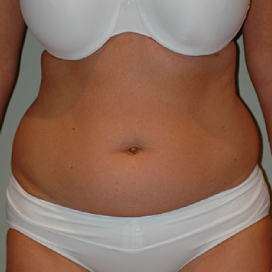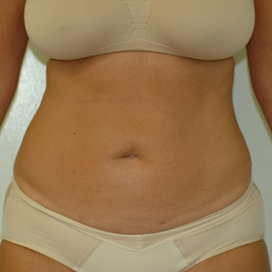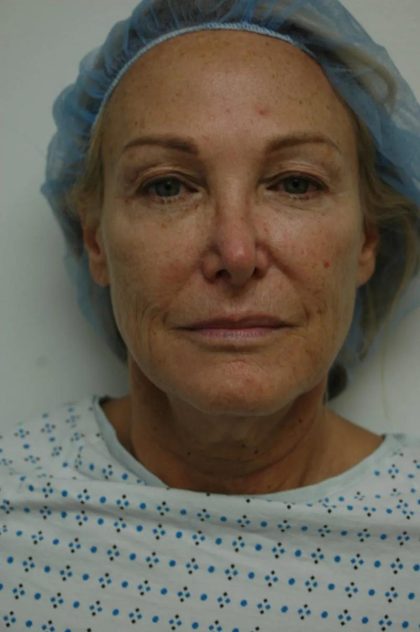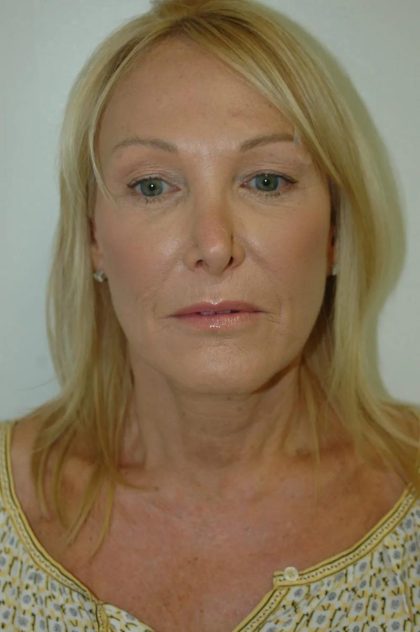Facelift
Conveniently located to serve the areas of New Jersey

Find out everything you need to know about your facelift options
Gartner Plastic Surgery and Laser Center, located in New Jersey, offers facelift surgery to help patients achieve a more youthful and refreshed appearance. Facelift surgery, also known as rhytidectomy, is a surgical procedure that addresses signs of aging in the face and neck by tightening the skin and underlying muscles, and removing excess fat.
Dr. Gartner and his team of skilled plastic surgeons have years of experience performing facelift surgery using the latest techniques and technologies. They customize each procedure to meet the unique needs and goals of each patient, ensuring a natural-looking result.
The facelift procedure typically involves making incisions around the hairline, ears, and sometimes under the chin. The underlying tissues and muscles are then lifted and tightened, and excess skin is removed. Fat may also be removed or repositioned to create a more youthful facial contour. The incisions are then closed with sutures or other methods.
Follow a healthy lifestyle and dietary habits. This will minimize the risk of developing an infection, sickness, or anything else that may make your surgery more dangerous. In fact, if you are sick or have an infection on the day of your surgery, your procedure may need to be postponed until you are better.
Facelift surgery can improve a range of concerns, including sagging skin, deep wrinkles, jowls, and loss of facial volume. The procedure can also be combined with other treatments, such as a neck lift, brow lift, or eyelid surgery, for a more comprehensive rejuvenation.
At Gartner Plastic Surgery and Laser Center, patient safety and satisfaction are top priorities. The team provides comprehensive pre-and post-operative care to ensure a comfortable and successful recovery. Patients can expect to enjoy their new, more youthful appearance for many years to come.
Consult Dr. GartnerContents
Before and After Photos
Procedure
A facelift, also known as rhytidectomy, is a cosmetic surgery procedure that helps improve the signs of aging on the face and neck. The procedure involves tightening and lifting the skin and muscles of the face and neck to create a more youthful appearance.
HOW DOES A FACELIFT WORK?
During a facelift, incisions are made in the hairline, in front of and behind the ears, and under the chin. The skin and muscles are then lifted and tightened, excess fat is removed, and the skin is re-draped over the face and neck. The result is a smoother, more youthful appearance.
Preparation
It’s important to prepare yourself for surgery since it can help make the experience safer and improve your rate of recovery—which means you’ll be able to see your results sooner. You’ll get a complete list of instructions to follow from Dr. Gartner. Some things that will be included are the following:
- Avoid drinking alcohol and smoking a few weeks before your surgery. These can increase your risk of swelling, bruising, and bleeding.
- Avoid medications that promote bruising and bleeding, particularly those containing Aspirin and Ibuprofen. If you need to take a pain reliever, try Tylenol instead.
- Avoid tanning before your surgery, since UV exposure weakens your skin and can make scarring more apparent.
- Ask Dr. Gartner if you should take a multivitamin, vitamin C, or arnica supplements. These may help with your recovery.
Why Choose Us
Personal Consultation
You’ll first meet with Dr. Gartner rather than a patient consultant who is trained only to sell. Dr. Gartner is a double board-certified plastic surgeon and general surgeon with over a decade of experience performing a variety of facelift techniques. That means your initial consultation is a medical appointment with a fully qualified doctor, not a “salesman”. You’ll be able to get reliable information about your facelift from the point of view of a medical expert.
Local Anesthesia
Only local anesthesia with sedation is administered during your rhytidectomy. You don’t have to worry about not being able to wake up, experiencing temporary memory loss, or feeling queasy after your surgery, which is side effects all related to general anesthesia. Dr. Gartner performs two types of facelifts: SMAS plication and SMASectomy. He specializes in these techniques since they are less invasive than other facelift methods and have a lower set of risks or complications (such as nerve injury). This means your surgery is less intensive than other kinds of facelifts, causing less trauma to your tissues so your recovery period is shorter. You’ll be able to see your results sooner. Some patients see their results in a few days, while for others it can take a few weeks.
Short Incision
Dr. Gartner will make sure to create the shortest possible incision to achieve your desired improvement. This means that you won’t have as much scarring, one of the telltale signs of surgery, and it will be well hidden in any naturally existing creases on your face.
Your results will be long-lasting and can be easily maintained or complemented with nonsurgical treatments such as injectable fillers.
How Facelift Surgery Works
Facelift surgery, also known as rhytidectomy, is a cosmetic procedure that aims to improve the visible signs of aging in the face and neck. It is typically performed by a board-certified plastic surgeon.
The facelift procedure involves making incisions in the skin around the hairline, ears, and sometimes under the chin. The surgeon then lifts and repositions the underlying tissues and muscles, tightens them, and removes any excess skin. In some cases, fat may be removed or repositioned to improve the facial contour.
The specific technique used by the surgeon will depend on the patient’s unique needs and goals. There are several different types of facelifts, including:
Traditional facelift: This is the most common type of facelift and addresses the midface, lower face, and neck. The incision is made in the hairline and extends down around the ears.
Mini facelift: This is a less invasive option that targets the lower face and jowls. The incisions are smaller, and the recovery time is shorter.
Neck lift: This procedure specifically targets the neck, addressing issues such as loose skin, excess fat, and muscle banding.
During the facelift procedure, the surgeon may also perform additional procedures, such as a brow lift or eyelid surgery, to achieve a more comprehensive rejuvenation.
Recovery
After your facelift surgery, you’ll need to rest in our recovery room before going home. Make sure to have a trusted friend or family member drive you and stay with you for the first 24 hours.
Take it easy and keep your head elevated to minimize swelling and bruising. Bandages and stitches will be removed within a week. Expect swelling and bruising to be prominent at first but will subside within a few weeks.
You can return to work after 10 to 14 days, and exercising can resume after four weeks.
With your facelift, you can look years younger and refreshed, with results that will leave people wondering how you look so great
Results
The longevity of the results of a facelift varies from person to person and depends on several factors such as age, genetics, and lifestyle. Generally, the results of a facelift can last for 7 to 10 years. However, some patients may experience longer-lasting results while others may see a more gradual loss of the initial improvement. It’s important to maintain a healthy lifestyle and protect your skin from sun damage to help prolong the results of your facelift.
Expectations
Get ready for a facelift like no other! With Dr. Gartner’s expert technique, you can achieve a long-lasting lift that’s supported by the deeper tissues beneath your skin called the SMAS. Say goodbye to sagging skin and hello to a more youthful look with this procedure that only takes two to three hours. That said, this is what most patients can expect during their facelift at our clinic:
- Pre-emptive anesthesia is administered before your surgery begins. This helps to decrease inflammation after surgery, making your recovery more comfortable and faster.
- Local anesthesia with sedation is administered.
- If the face and neck are targeted, an incision is made above the hairline at the temple, extending into the natural line in front of the ear and continuing behind the ear lobe to the lower scalp. A tiny incision may also be made under the chin.
- If the face is targeted only, a short scar facelift may be performed. This requires no incisions made behind the ear or on the neck.
- The underlying SMAS layer is lifted to a more youthful position and secured with sutures.
- Excess skin is removed.
- The incisions are sutured and dressed.
The Gartner Plastic Surgery and laser center offers a carefully curated selection of aesthetic treatments to suit every need. we invite you to book a consultation and find out which of our facial peel options are best suited to your needs.
Dr. Gartner performs SMAS with plication, a type of facelift that provides a lasting lift that is maintained by the supportive tissues below the skin known as the superficial musculo-aponeurotic system (SMAS).
The procedure generally takes about two to three hours.
Benefits
A facelift can provide a variety of benefits, including a more youthful appearance, increased self-confidence, and improved overall well-being. It can also help to improve the appearance of wrinkles, sagging skin, jowls, and other signs of aging on the face and neck.
Are you a candidate for a facelift?
- You are in good health.
- You have realistic expectations.
- You have deep creases running from the corners of the nose to the corners of the mouth (nasolabial folds).
- You have jowls or lack a well-defined jawline.
- You have sagging cheeks.
- You have loose skin, wrinkles, vertical “cords” or excess fatty tissue in the neck.
- You are committed to achieving the best surgical outcome possible by following the care instructions outlined by Dr. Gartner.
Your surgery will be performed at our state-of-the-art surgical facility. Our facility is fully accredited by the American Association for Accreditation of Ambulatory Surgery Facilities (AAAASF). AAAASF medicare certification is considered the gold standard in accreditation and one of the highest certifications any ambulatory center can obtain in the country.

